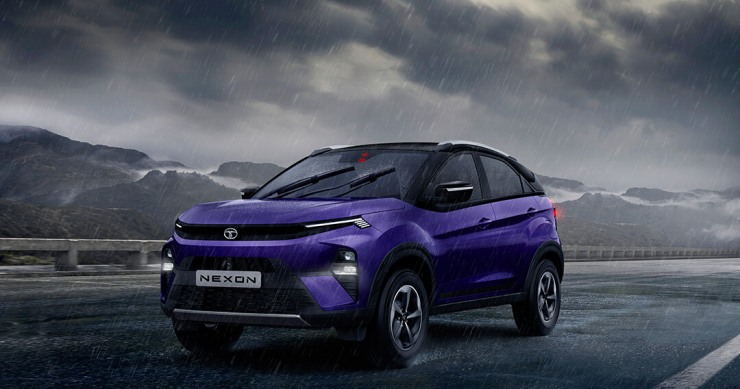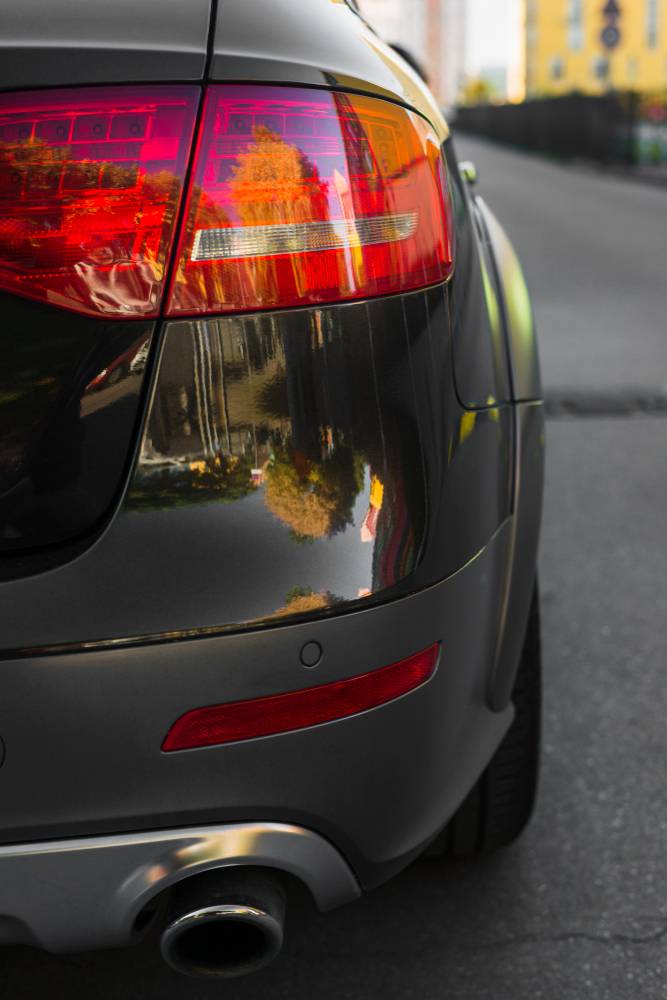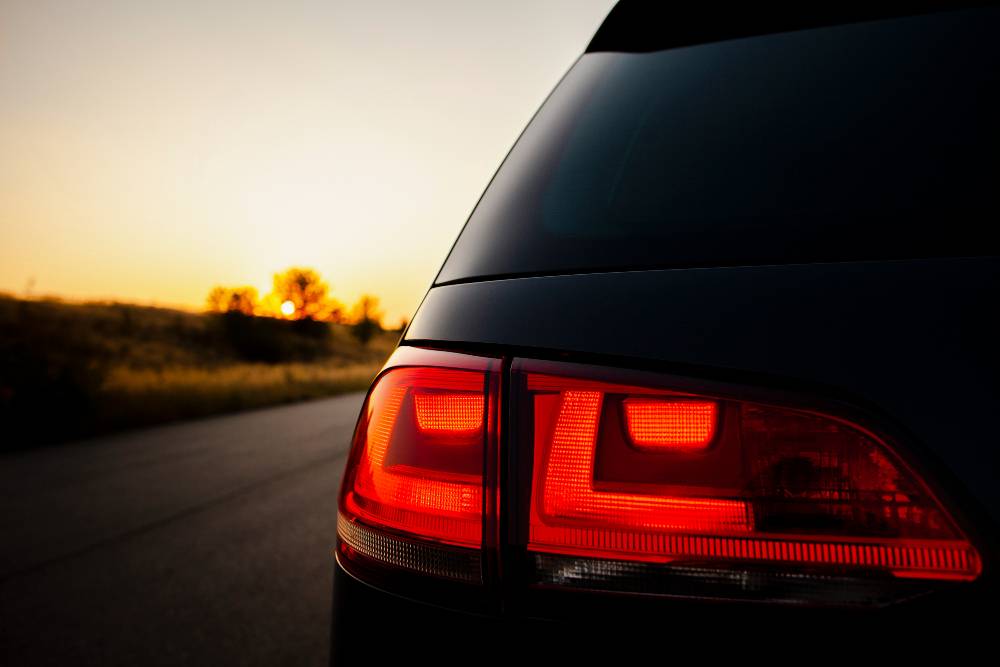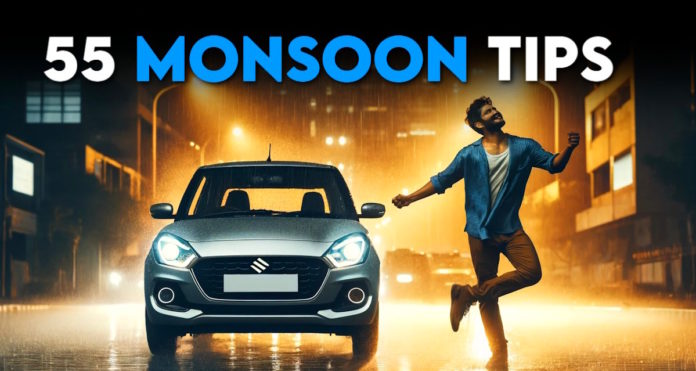The great Indian monsoon has arrived in Kerala, and in a matter of weeks, rains will travel across India. Rainy weather means low grip, flooded roads, traffic jams, more crashes, and even aquaplaning. So, are you and your car monsoon ready? Well, we’ll take you through a quick primer on just this. Let’s launch into Cartoq’s 55 tips to safely navigate the great Indian monsoon season.
Things to check
- Check the Brakes: Ensure your brakes are responsive and not worn out.
- Inspect Tires: Verify that tires have adequate tread depth and are properly inflated.
- Wipers and Lights: Replace any worn wiper blades and ensure all lights are functioning properly.
- Waterproofing: Check for and seal any leaks in windows and doors.
- Underbody Protection: Apply anti-rust protection to the car’s underbody to prevent rusting from water exposure.
- Electricals Check: Ensure all electrical connections are insulated and secure.
- AC Check: Clean the AC vents and check for optimal functioning to handle increased humidity.
- Emergency Kit: Keep an emergency kit that includes a raincoat, umbrella, seat-belt cutter, window-breaking and other necessary tools.
- Body Care: Apply a quality wax polish to protect the paint from rainwater and mud.
- Drive Safely: Always maintain a safe driving distance and speed during wet conditions.
How to Waterproof Your Car: Steps to Seal and Protect from Water Damage

- Check and Replace Seals: Inspect all door seals and window seals for any cracks or tears. Replace them if necessary to prevent water from entering the cabin.
- Apply a Protective Wax: Use a high-quality car wax to create a barrier on the paint that repels water. This not only protects the paint but also helps water to bead up and roll off more easily.
- Protect the Undercarriage: Apply an anti-rust spray or coating to the undercarriage, especially if you live in a flood-prone area. This can help prevent rust and corrosion caused by prolonged exposure to water.
- Ensure Proper Drainage: Make sure that the drainage holes in the vehicle’s frame, doors, and other areas are clear of debris to allow water to escape and not accumulate.
- Use Waterproof Covers: When parked, especially during heavy rains, use a waterproof car cover to protect against water seepage.
- Check Electrical Components: Ensure all electrical connections are properly insulated and components are secure. Consider applying a water-repellent spray to electrical contacts.
- Inspect and Maintain Wipers: Regularly check your windshield wipers and replace them if they are worn out to ensure maximum efficiency during heavy rainfall.
How to Drive Safely in Heavy Rain: Tips on Maintaining Control and Visibility

- Reduce Speed: Lowering your speed helps prevent hydroplaning and maintains control.
- Use Headlights: Always turn on your vehicle’s headlights to improve visibility, even during daytime rain.
- Increase Following Distance: Extend the gap between your car and the one ahead to account for longer stopping distances on wet roads.
- Avoid Sudden Stops: Apply brakes gently to avoid skidding.
- Watch for Large Puddles: Drive around large puddles to avoid water from entering the engine compartment and causing damage.
How to Handle Your Car During Flooding: Techniques for Navigating Through Waterlogged Areas Safely

- Avoid Deep Water: Never drive through floodwaters if you can’t see the ground beneath. It’s easy to misjudge the depth.
- Drive Slowly: If you must pass through water, drive slowly to prevent water from splashing into the engine.
- Use Low Gear: Keep the engine at a higher rpm by using low gear to maintain engine power.
- After Exiting Water: Test your brakes as soon as you are out of the water to make sure they are working properly.
- Inspect Your Car: After driving through water, check your car for any damage, especially the brakes and engine.
How to Maintain Your Car in Humid Weather: Preventing Mold and Corrosion
- Use Moisture Absorbers: Keep silica gel packets or other moisture absorbers inside the car to reduce dampness.
- Regularly Clean Interior: Vacuum your car’s interior regularly to prevent mold buildup from trapped moisture.
- Keep Air Flowing: Use air conditioning to reduce humidity inside the vehicle.
- Check for Leaks: Ensure that door seals and window seals are intact to prevent water from entering.
- Apply Anti-Rust Protection: Protect your car’s metal parts with anti-rust sprays or coatings, especially if you live in a coastal area.
How to Prepare an Emergency Kit for Monsoon Season: Essentials for Your Car

- Waterproof Bags: Store all items in waterproof bags to prevent damage.
- Basic Tools: Include a jack, wrench, and screwdriver for quick repairs.
- First Aid Kit: Ensure it is stocked with bandages, antiseptic wipes, and pain relievers.
- Flashlight and Batteries: Keep a working flashlight for visibility during power outages or at night.
- Umbrella and Raincoat: Always have these on hand to stay dry during unexpected downpours.
How to Check and Replace Windshield Wipers: Ensuring They Are Monsoon-Ready

- Inspect Wipers: Check for cracks, tears, and flexibility in the rubber blades.
- Clean Regularly: Wipe down the blades with a damp cloth to remove debris and maintain effectiveness.
- Test Wipers: Turn them on before the rain starts to ensure they work properly.
- Replace if Necessary: If wipers streak or fail to clear the windshield effectively, replace them immediately.
- Choose the Right Blades: Opt for high-quality wiper blades that are appropriate for heavy rainfall.
How to Care for Your Car’s Interior in the Monsoon: Keeping Inside Dry and Odor-Free

- Use Waterproof Mats: Replace regular mats with waterproof or rubber mats to prevent water damage.
- Ventilate: Keep windows slightly open when parked in a covered area to allow air circulation and prevent musty odors.
- Clean Spills Immediately: Wipe up any water inside the vehicle quickly to avoid mildew growth.
- Use Dehumidifiers: Small portable dehumidifiers or moisture-absorbing products can help keep the interior dry.
- Regularly Check Air Conditioning: Ensure that your AC is draining properly and not contributing to excess moisture.
- How to Deal with Foggy Windows: Effective Ways to Keep Your Windows Clear
- Use the Defroster: Turn on the defroster to clear the windows quickly.
- Air Conditioning: Use the air conditioning to remove humidity and condensation from the interior.
- Clean Windows Regularly: Keep the glass surfaces clean to reduce fogging.
- Anti-Fog Products: Apply anti-fog sprays or wipes to your windows as a preventative measure.
- Proper Ventilation: Adjust your car’s ventilation settings to balance the temperature and reduce window fogging.
How to Choose the Right Tires for Monsoon Season: Selecting Tires That Provide Better Grip and Prevent Hydroplaning

- Look for Deep Treads: Tires with deep treads are better at channeling water away from the contact surface.
- Check Tire Pressure: Properly inflated tires ensure optimal performance and safety.
- Opt for All-Weather Tires: Choose tires designed for wet conditions that provide better grip.
- Replace Old Tires: If tires are worn out, replace them before the monsoon to prevent hydroplaning.
- Consult a Specialist: Speak to a tire expert to choose the best tire type for your driving conditions and vehicle.
The post 55 Tips For The Monsoon: Car Preparation, Care, Driving, Emergency Kit and More first appeared on Cartoq.
Source link

